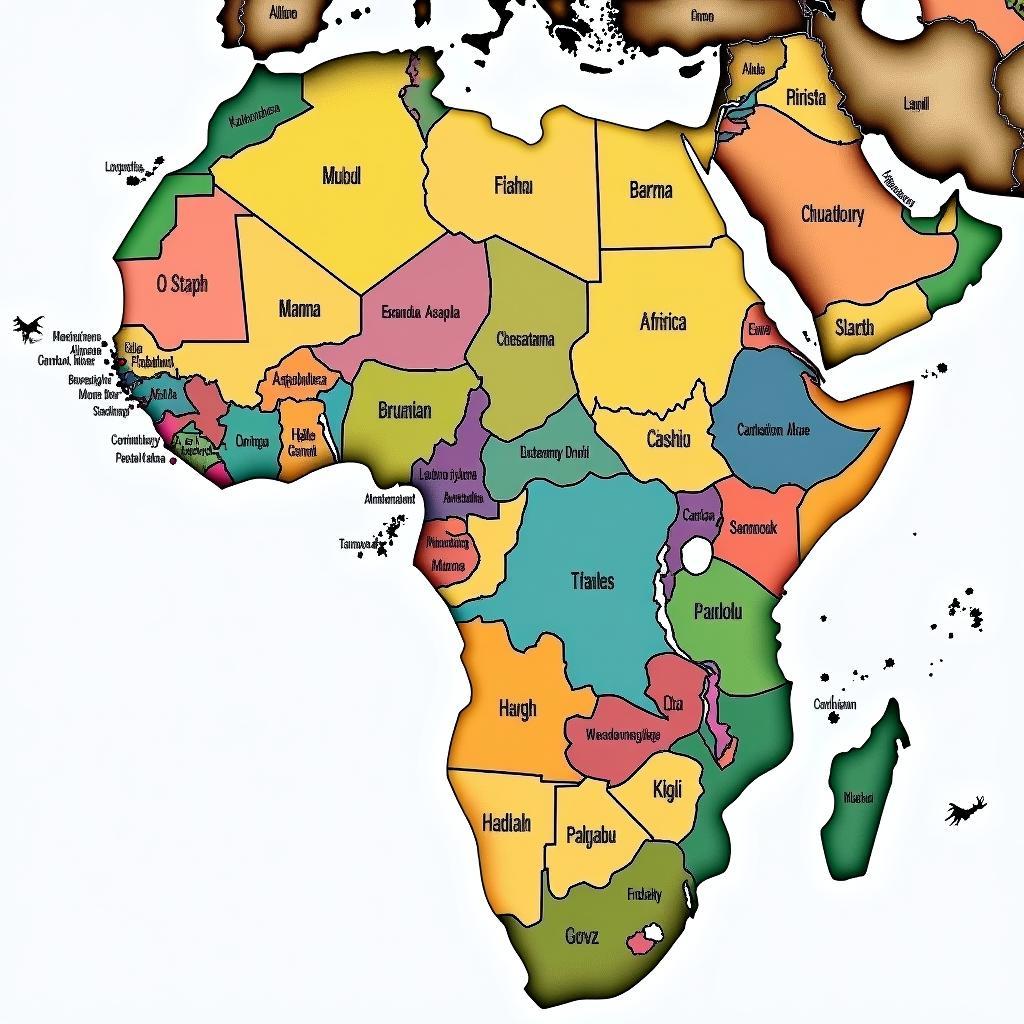The South African Cheetah: A Majestic Predator in a Fragile Habitat
South Africa is home to some of the most incredible wildlife on the planet, and among the most sought-after sights is the majestic South African Cheetah. These sleek, fast-paced predators are a true marvel of nature, captivating wildlife enthusiasts worldwide. In this comprehensive guide, we will delve into the fascinating world of South African cheetahs, exploring their unique characteristics, habitat, conservation efforts, and the challenges they face.
The Cheetah: A Sprint King
The South African cheetah, scientifically known as Acinonyx jubatus jubatus, is the fastest land animal on Earth, reaching speeds of up to 70 miles per hour. This incredible speed is crucial for their survival, as they rely on their agility and quick bursts of energy to hunt prey. Their slender bodies, powerful legs, and streamlined build are perfectly adapted for this purpose.
A Glimpse into their Habitat: The African Grasslands
These magnificent creatures are primarily found in the African grasslands [african grassland habitat], where they thrive in open spaces with abundant prey. The grasslands of South Africa provide the perfect environment for cheetahs, with wide-open areas for hunting and a variety of animals like gazelles, impalas, and springboks to chase.
Recognizing the Cheetah: A Distinctive Pattern
The South African cheetah can be easily identified by its distinctive coat. Its golden-brown fur is adorned with a unique pattern of black spots, forming rosette-like markings that resemble the shape of a flower. This pattern provides camouflage, helping them blend into the grasslands and ambush prey.
Cheetah Conservation: A Crucial Effort
The South African cheetah population has declined drastically over the years due to various threats, including habitat loss, human-wildlife conflict, and poaching. Conservation efforts play a vital role in protecting these magnificent animals, ensuring their survival for future generations.
South African Cheetah: Facing the Challenges
The South African cheetah is facing a number of challenges:
- Habitat Loss: As human populations expand, natural grasslands are being converted into farmland and urban areas. This loss of habitat reduces the available hunting grounds for cheetahs.
- Human-Wildlife Conflict: In areas where human populations overlap with cheetah habitats, conflicts can arise. Cheetahs may prey on livestock, leading to retaliatory killings by farmers.
- Poaching: The illegal trade in cheetah skins and body parts is a serious threat. Poachers often target cheetahs for their valuable fur.
The South African Cheetah: A True Icon of the Wild
The South African cheetah is a symbol of the incredible beauty and diversity of the African continent. Their majestic presence reminds us of the importance of conservation and protecting our planet’s wild spaces.
Frequently Asked Questions About the South African Cheetah:
Q: Where can I see cheetahs in South Africa?
A: You can see cheetahs in several national parks and reserves, including Kruger National Park, Madikwe Game Reserve, and the Kgalagadi Transfrontier Park.
Q: How do I identify a cheetah?
A: Cheetahs are known for their long, slender bodies, black spots, and a distinctive pattern of tear marks running from the corners of their eyes down to their mouths.
Q: Are cheetahs endangered?
A: Yes, the South African cheetah is classified as vulnerable by the International Union for Conservation of Nature (IUCN).
Q: What can I do to help cheetahs?
A: You can support conservation organizations that work to protect cheetahs, and you can learn more about the challenges they face and educate others.
Q: What is the difference between a cheetah and a leopard?
A: While both are large cats, they have distinct physical differences. Cheetahs are more slender with black spots, while leopards are stockier with black rosettes.
Q: How does the South African cheetah differ from other cheetah subspecies?
A: While closely related, the South African cheetah has distinct characteristics, such as a slightly larger body size and unique black spot patterns compared to other subspecies.
Q: Can I adopt a cheetah?
A: While you can contribute to conservation efforts by adopting a cheetah symbolically, actual ownership is not possible.
Q: Are there any other African animals I can learn about?
A: Absolutely! You can explore other fascinating African animals like [african animals names and pictures], [african buck species], and even learn about the unique [african desert].
For more information on how to get involved in cheetah conservation efforts, visit our website [african desert] or contact us directly.



